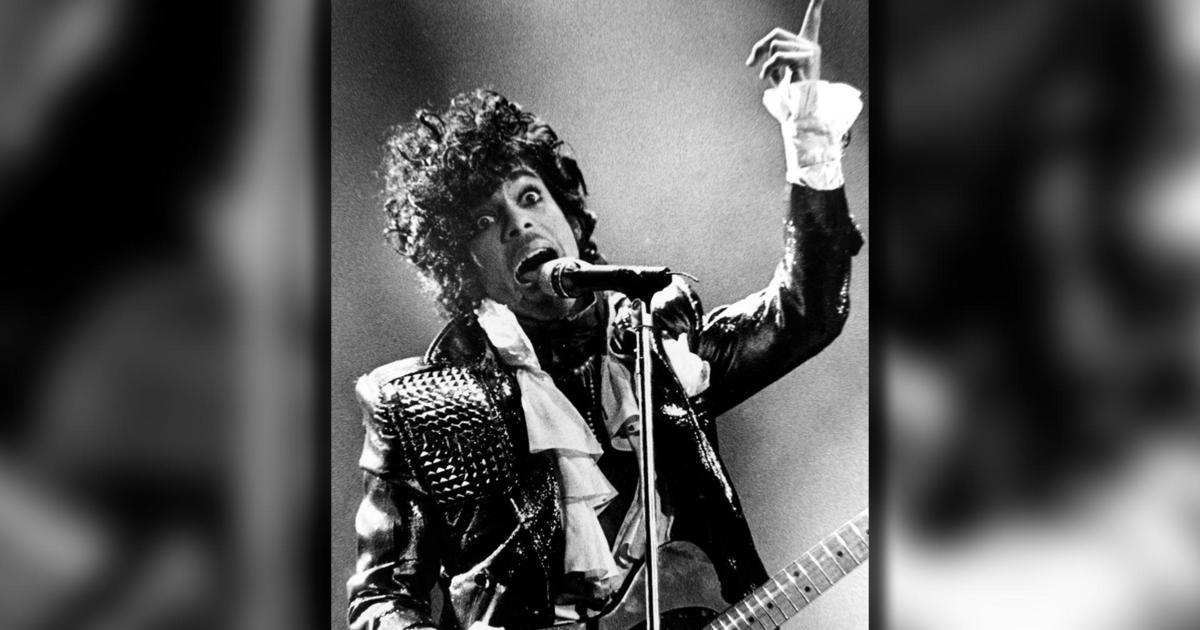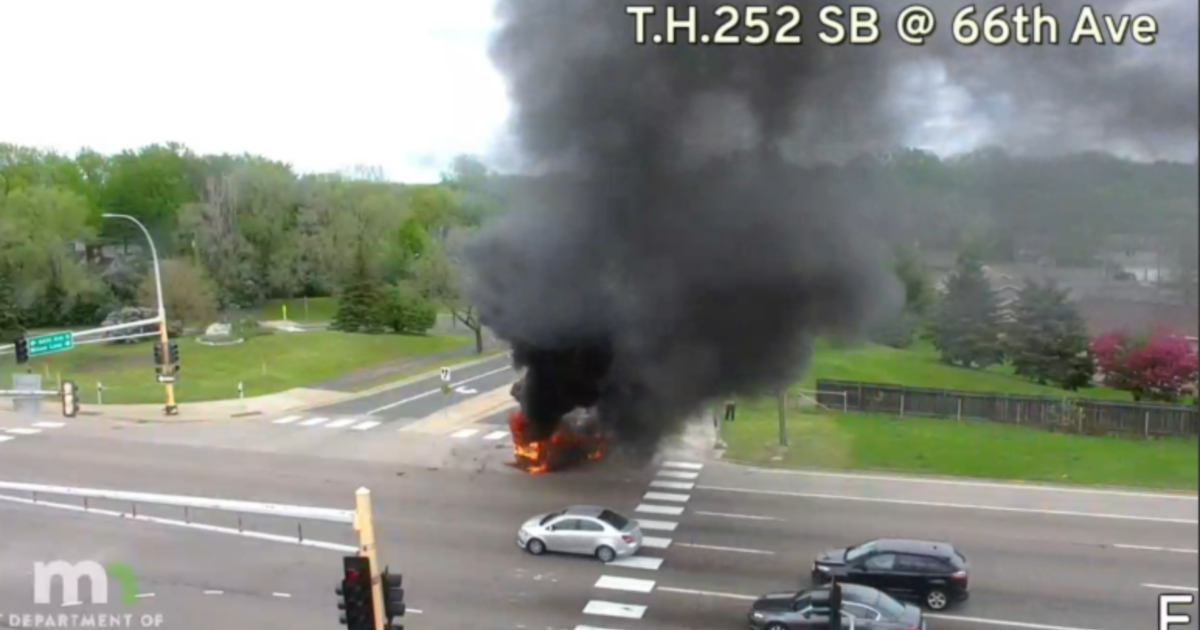DNR Provides Tips For Storm Debris Removal & Disposal
ST. PAUL, Minn. (WCCO) – With the large amount of debris left in the aftermath of the recent Bemidji storms, the Minnesota Department of Natural Resources has provided affected citizens with tips to prevent their homes and yards from becoming fire hazards.
When removing storm damage, watch for hanging branches or broken limbs that may fall on you. Hard hats are highly recommended for this type of work.
Do not attempt to remove trees yourself if you are inexperienced with a chain saw.
Trees with structural loss to the main trunk should be removed, as should trees with 75 percent crown loss (branches and leaves). These trees are likely to die and be a greater risk for insects and disease.
And trees that are completely uprooted will be degraded easily by insects and fungi.
When it comes to disposal, avoid burning debris. Consider alternatives like composting, chipping or hauling debris to disposal sites.
Be sure to obtain proper burning permits from your local fire warden or forestry office if burning is your alternative.
And follow the rules outlined on the burning permit including the time of day to burn. You should have tools and water handy to make sure the fire is completely out before leaving.
Bemidji has two debris disposal sites.
Itasca County's Cohasset Transfer Station has waived the fee for debris disposal for the July 2 and July 4 storms. The Transfer Station is open from 8:30 a.m. til 4:30 p.m.
And there are two locations for debris disposal in Grand Rapids. One is located at County Road 63 on the Old Ainsworth Driveway. Brush and branches are accepted, but no stumps. And the other site is on 14th street by the Fairgrounds. Brush and branches are accepted, but no stumps as well. And no debris is allowed in Grand Rapids' streets.



